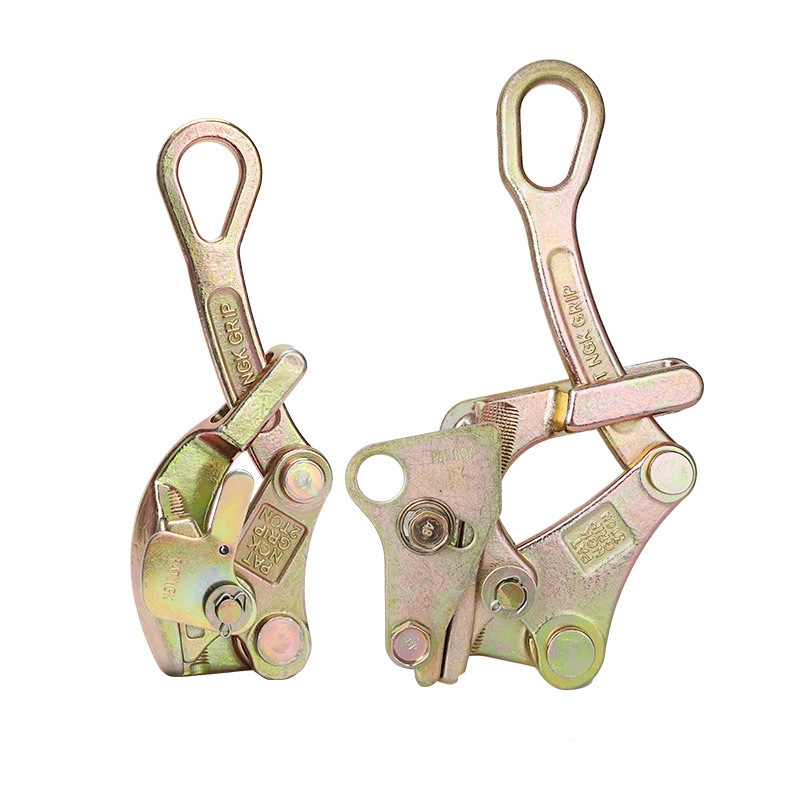
-
 Afrikaans
Afrikaans -
 Albanian
Albanian -
 Amharic
Amharic -
 Arabic
Arabic -
 Armenian
Armenian -
 Azerbaijani
Azerbaijani -
 Basque
Basque -
 Belarusian
Belarusian -
 Bengali
Bengali -
 Bosnian
Bosnian -
 Bulgarian
Bulgarian -
 Catalan
Catalan -
 Cebuano
Cebuano -
 Corsican
Corsican -
 Croatian
Croatian -
 Czech
Czech -
 Danish
Danish -
 Dutch
Dutch -
 English
English -
 Esperanto
Esperanto -
 Estonian
Estonian -
 Finnish
Finnish -
 French
French -
 Frisian
Frisian -
 Galician
Galician -
 Georgian
Georgian -
 German
German -
 Greek
Greek -
 Gujarati
Gujarati -
 Haitian Creole
Haitian Creole -
 hausa
hausa -
 hawaiian
hawaiian -
 Hebrew
Hebrew -
 Hindi
Hindi -
 Miao
Miao -
 Hungarian
Hungarian -
 Icelandic
Icelandic -
 igbo
igbo -
 Indonesian
Indonesian -
 irish
irish -
 Italian
Italian -
 Japanese
Japanese -
 Javanese
Javanese -
 Kannada
Kannada -
 kazakh
kazakh -
 Khmer
Khmer -
 Rwandese
Rwandese -
 Korean
Korean -
 Kurdish
Kurdish -
 Kyrgyz
Kyrgyz -
 Lao
Lao -
 Latin
Latin -
 Latvian
Latvian -
 Lithuanian
Lithuanian -
 Luxembourgish
Luxembourgish -
 Macedonian
Macedonian -
 Malgashi
Malgashi -
 Malay
Malay -
 Malayalam
Malayalam -
 Maltese
Maltese -
 Maori
Maori -
 Marathi
Marathi -
 Mongolian
Mongolian -
 Myanmar
Myanmar -
 Nepali
Nepali -
 Norwegian
Norwegian -
 Norwegian
Norwegian -
 Occitan
Occitan -
 Pashto
Pashto -
 Persian
Persian -
 Polish
Polish -
 Portuguese
Portuguese -
 Punjabi
Punjabi -
 Romanian
Romanian -
 Russian
Russian -
 Samoan
Samoan -
 Scottish Gaelic
Scottish Gaelic -
 Serbian
Serbian -
 Sesotho
Sesotho -
 Shona
Shona -
 Sindhi
Sindhi -
 Sinhala
Sinhala -
 Slovak
Slovak -
 Slovenian
Slovenian -
 Somali
Somali -
 Spanish
Spanish -
 Sundanese
Sundanese -
 Swahili
Swahili -
 Swedish
Swedish -
 Tagalog
Tagalog -
 Tajik
Tajik -
 Tamil
Tamil -
 Tatar
Tatar -
 Telugu
Telugu -
 Thai
Thai -
 Turkish
Turkish -
 Turkmen
Turkmen -
 Ukrainian
Ukrainian -
 Urdu
Urdu -
 Uighur
Uighur -
 Uzbek
Uzbek -
 Vietnamese
Vietnamese -
 Welsh
Welsh -
 Bantu
Bantu -
 Yiddish
Yiddish -
 Yoruba
Yoruba -
 Zulu
Zulu


Oct . 30, 2024 16:18 Back to list
cut steel wire
The Importance and Techniques of Cutting Steel Wire
Cutting steel wire is a crucial process in various industries, from construction to manufacturing and even in artistic applications. Steel wire plays a significant role due to its strength, flexibility, and durability. However, the proper methods for cutting it require careful consideration to ensure safety, accuracy, and efficiency.
There are several techniques available for cutting steel wire, each suited to different wire thicknesses and project requirements. One of the most common methods is the use of wire cutters, which come in various shapes and sizes. For small gauge wires, hand-held wire cutters can effectively provide clean cuts with minimal effort. These tools utilize a lever mechanism that amplifies the force applied, allowing users to cut through tough materials without excessive strain.
The Importance and Techniques of Cutting Steel Wire
In industrial settings, power tools like angle grinders or band saws are often employed for cutting steel wire, particularly when precision and speed are important. Angle grinders can quickly cut through thick wire with the right type of cutting disc, but they require skilled handling to ensure safe operation. On the other hand, band saws allow for more precision, making them suitable for projects where exact measurements are critical.
cut steel wire

Safety is paramount when working with steel wire. It is essential to wear protective gear, such as gloves and goggles, to shield against sharp wire ends and debris that may be produced during the cutting process. Proper technique also plays a role in safety; for instance, cutting away from the body and maintaining a stable footing can help prevent accidents.
Another factor to consider when cutting steel wire is the purpose and finishing of the cut ends. When cutting wire for construction purposes, clean and smooth ends are preferred to prevent injuries and to ensure the effectiveness of any subsequent connections. In these cases, filing or grinding the cut ends may be necessary to achieve the desired finish.
In artistic applications, such as metal sculpture, the aesthetic quality of the cut wire is often just as important as the method used to achieve it. Artists may choose to incorporate the raw ends of the cut wire into their designs or use techniques like twisting and bending to create unique shapes. In these scenarios, the choice of cutting method can significantly influence the final appearance of the artwork.
In conclusion, cutting steel wire is a fundamental process that varies in technique based on the wire's application and thickness. Whether using hand tools for small jobs or industrial equipment for larger projects, the principles of safety and precision remain constant. Understanding the right tools and methods is essential for achieving the best results and ensuring the safety of everyone involved in the cutting process.
Latest news
What Are Construction Tools and How Are They Used?
NewsJul.11,2025
Professional-Grade Duct Rodding Tools for Superior Cable Installation
NewsJul.11,2025
Enhancing Safety and Efficiency with Modern Hot Stick Solutions
NewsJul.11,2025
Empowering Cable Installation with Advanced Rodder Solutions
NewsJul.11,2025
Elevate Your Cable Installation Projects with Cable Pulling Tools
NewsJul.11,2025
Efficient Cable Handling Solutions: Cable Rollers for Sale
NewsJul.11,2025











